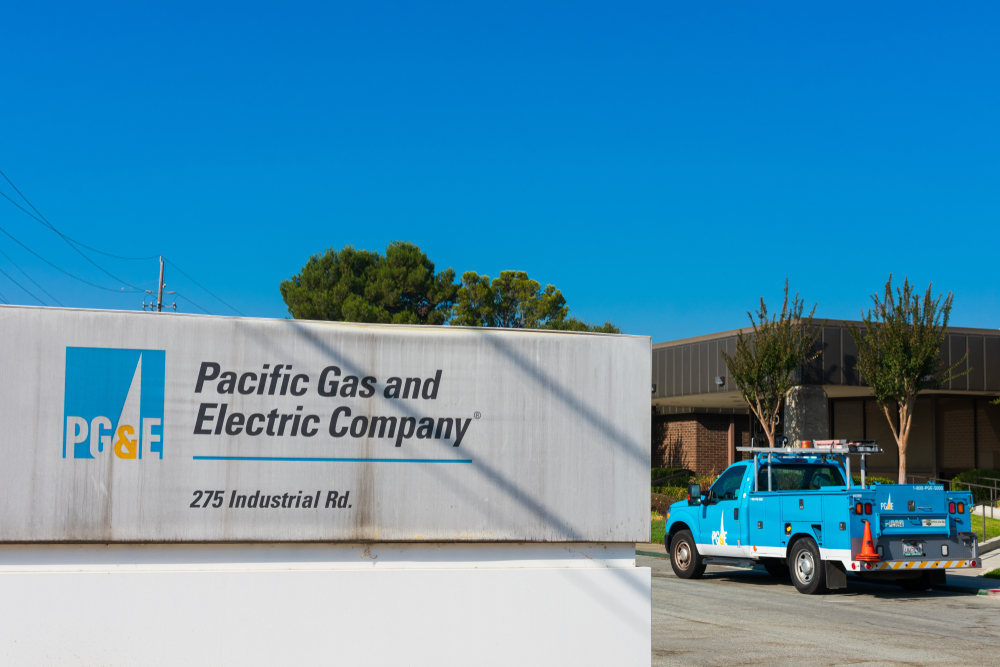
In a November 16, 2023 announcement, the California Public Utilities Commission (CPUC) has committed to investing in Pacific Gas and Electric Company’s (PG&E) ambitious utilities undergrounding proposal. This significant decision comes as a result of Scenic America’s persistent efforts to prioritize safety, reliability, and the visual aesthetics of California’s landscapes.
The commission’s decision encompasses several key initiatives, including:
- Wildfire System Enhancement and Undergrounding: Approval for the undergrounding of 1,230 miles of electric lines, along with 778 miles of covered conductor, resulting in a total of 2,008 hardened miles. This groundbreaking move provides PG&E with a historic opportunity to invest in safer and more reliable improvements for its customers. The decision not only achieves economies of scale to drive down costs but also serves as a crucial step towards a future phase of undergrounding planning under the Senate Bill 884 program.
- Vegetation Management: Approval for PG&E to invest approximately $1.3 billion in vegetation management. This substantial investment aims to reduce the risk of wildfire ignition and enhance the reliability of PG&E’s electrical system, contributing to overall safety and resilience.
- Capacity Upgrades: Approval for PG&E to invest over $2.5 billion in upgrading the electric distribution system from 2023 to 2026. This investment is strategically designed to prepare the grid for the future, supporting initiatives such as enhanced building electrification, new interconnections for electric vehicle charging stations, and the growth of new housing and businesses. The capacity upgrades will play a pivotal role in ensuring the grid’s ability to meet the evolving demands of a modern and sustainable energy landscape.
“I am proud of [the commission’s] decision because it represents the CPUC’s commitment to finding a reasonable balance in the face of incredibly challenging circumstances and competing objectives,” said CPUC Commissioner John Reynolds. “This decision ultimately represents both an historic investment in PG&E’s electric and natural gas systems as well as an expectation that PG&E must continue to be safer and more efficient. I am grateful to the many parties, and the scores of CPUC staffers, for their help as we grappled with this decision.”
PG&E’s original proposal, with its ambitious goal of undergrounding 2,100 miles of power lines between 2023 and 2026, was both an innovative and progressive solution to address the pressing issues such as wildfire risk mitigation, enhanced reliability, long-term cost savings, wildlife conservation, and scenic preservation.
However, the CPUC returned a recommendation that drastically limited the proposal by cutting up to 90% of the original project to only 200 miles and making alternative suggestions to full undergrounding. In an October 17 letter to CPUC President Alice Reynolds, Scenic America President Mark Falzone expressed the organization’s concerns over these recommendations, citing a 65% wildfire risk reduction that the CPUC’s alternative recommendations would have, while PG&E’s originally proposed full undergrounding would have a wildfire risk reduction of an astounding 98%.
“In a time where [California] is seeing exponential increases in the threat of wildfire, and cumulative damages from wildfires exceeding $18.7 billion over the last five years in California alone, a 65% decrease in risk is simply not enough,” said Falzone in the letter.
Scenic America’s advocacy efforts played a crucial role in bringing attention to the visual impact of above-ground utility lines and the potential benefits of moving them underground. The organization engaged in a multi-faceted approach, including public awareness campaigns, collaboration with community stakeholders, and direct communication with policymakers, to emphasize the importance of prioritizing scenic conservation in utility planning.
As a result of these efforts, Scenic America successfully influenced the CPUC’s decision to allocate resources towards PG&E’s undergrounding proposal. This investment is a testament to the power of advocacy in shaping policies that not only enhance safety and reliability but also contribute to the preservation of California’s unique and diverse landscapes.